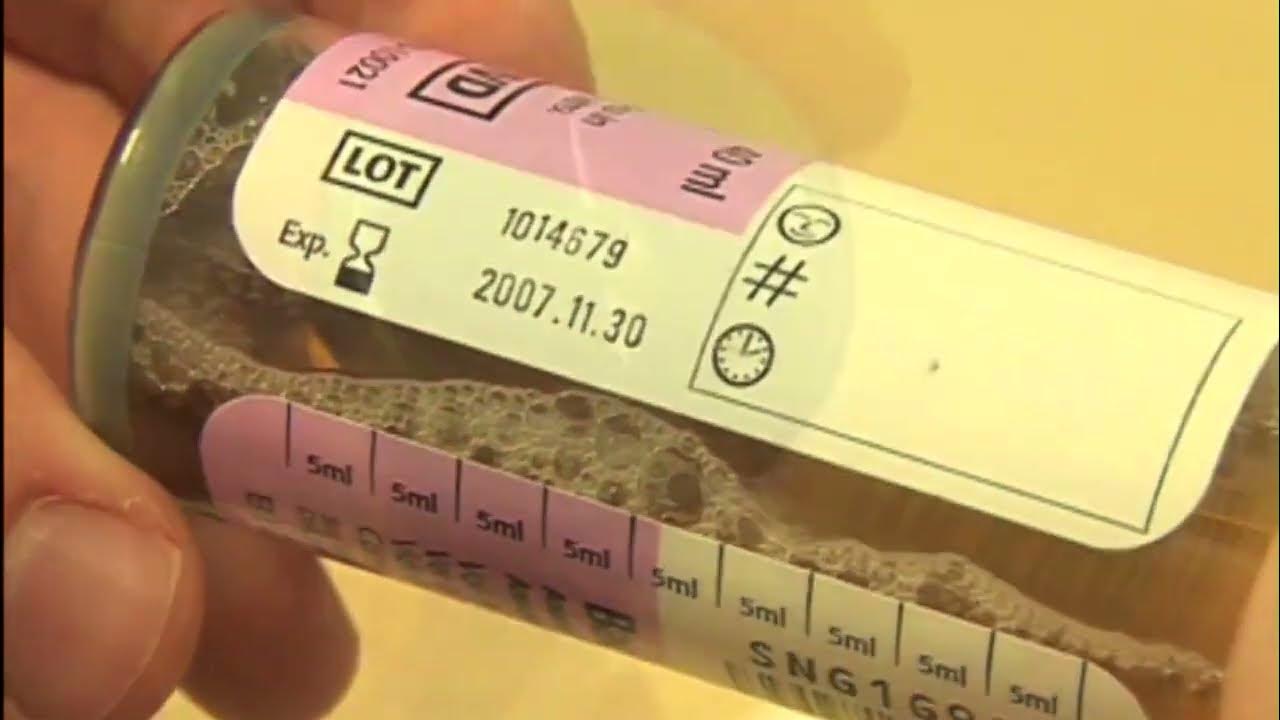Introduction to Water Sampling
Summary
TLDRThis script outlines the essential procedure for collecting and testing irrigation water to ensure it's free from microbial contamination. It emphasizes the importance of observing the collection site, avoiding sample contamination, and taking multiple measurements of pH, turbidity, and temperature. The process involves careful documentation, using clean equipment, and storing samples properly for lab analysis, ensuring reliable results for safe water use in agriculture.
Takeaways
- 💧 Water sources for irrigation can include streams, ponds, ditches, or treatment plants, which may be contaminated due to contact with animals, people, and soil.
- 🔬 It's essential to test water for microbes, particularly E. Coli, which can indicate fecal contamination and pose health risks.
- 🔍 Scientists use standardized procedures for water collection and analysis to ensure accuracy and reliability of results.
- 📝 Observations at the collection site, such as animal presence, plant types, and weather conditions, are important to document for accurate sampling.
- 🌧️ Rain or precipitation should be avoided during sampling as it can affect the water's test results.
- 🧼 To prevent contamination, keep hands clean and use gloves when handling sampling bottles.
- 📍 Sample water as close as possible to where it will be used for irrigation, such as at the last spigot of a treatment facility or just upstream of a field pump.
- 🌡️ Measure water's pH, turbidity, and temperature with a multiparameter meter to assess water quality for plant health and potential bacterial growth.
- 📊 Multiple measurements are taken to ensure the accuracy of the water quality assessment.
- 🍃 Turbidity indicates the presence of soil particles or algae, which can affect water clarity and quality.
- 🧴 Use clean bottles and gloves to collect multiple water samples for comprehensive testing.
- 🧊 Store samples in a cooler at 4 degrees Celsius for safe transportation to the lab.
Q & A
What are the potential sources of irrigation water mentioned in the script?
-The script mentions that irrigation water can come from streams, ponds, ditches, or treatment plants.
Why is it necessary to test irrigation water for microbes?
-Testing is necessary because the water could be contaminated through contact with animals, people, and soil, which may lead to the presence of harmful microbes like E. Coli.
What does the presence of E. Coli in water indicate?
-The presence of E. Coli suggests that the water might have come into contact with feces, which could cause serious infections.
How do scientists ensure the accuracy of water sampling and testing?
-Scientists ensure accuracy by taking multiple samples from each site and using multiple measurements, which is a standard procedure used nationwide.
What observations should be made at the water collection site according to the script?
-Observations should include noting any animals, the types of plants in the area, the stability of the pond or streambank, and recording the day's weather.
Why is it recommended not to collect water samples during rain?
-Rain can alter the results from the water, so it's recommended to collect samples on a different day if it's raining.
What precautions should be taken to avoid contaminating the water sample?
-To avoid contamination, one should keep their hands clean, never touch the sampling bottles without gloves, and avoid any contact that could introduce contaminants.
Why is it important to sample water close to where it will be used for irrigation?
-Sampling close to the irrigation point ensures that the water tested is representative of the water that will be used, which is crucial for accurate testing.
What are the three parameters measured with a multiparameter meter according to the script?
-The three parameters measured are pH, turbidity, and temperature, which provide information about the water's acidity/basicity, cloudiness, and its effect on bacteria growth.
How should the water samples be stored before being transported to the lab for testing?
-The samples should be labeled and stored in a cooler at 4 degrees Celsius to maintain their integrity for lab testing.
What is the purpose of measuring the pH of the water in the context of irrigation?
-Measuring the pH tells us how acidic or basic the water is, which affects how plants pull nutrients from the soil and is important for proper irrigation.
What does turbidity indicate about the water quality in the context of the script?
-Turbidity, or the cloudiness of the water, indicates the presence of soil particles or algae, which can affect water quality and plant health.
How does water temperature impact bacteria growth according to the script?
-The water's temperature affects bacteria growth, with warmer temperatures potentially leading to faster bacterial growth, which is a critical factor in water quality assessment for irrigation.
Outlines

This section is available to paid users only. Please upgrade to access this part.
Upgrade NowMindmap

This section is available to paid users only. Please upgrade to access this part.
Upgrade NowKeywords

This section is available to paid users only. Please upgrade to access this part.
Upgrade NowHighlights

This section is available to paid users only. Please upgrade to access this part.
Upgrade NowTranscripts

This section is available to paid users only. Please upgrade to access this part.
Upgrade Now5.0 / 5 (0 votes)





